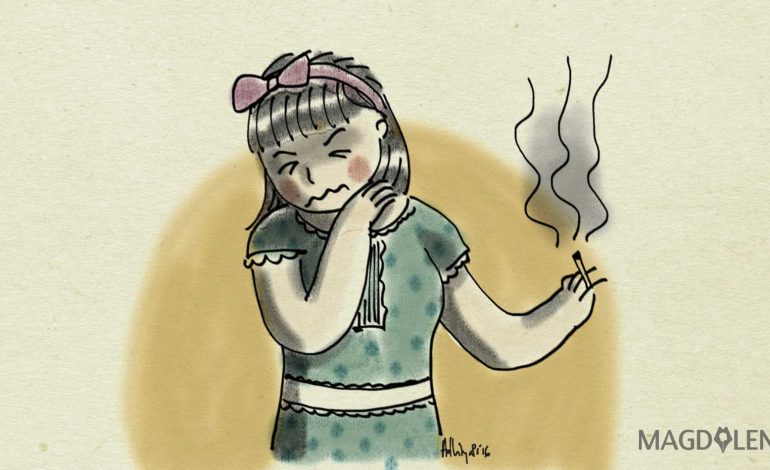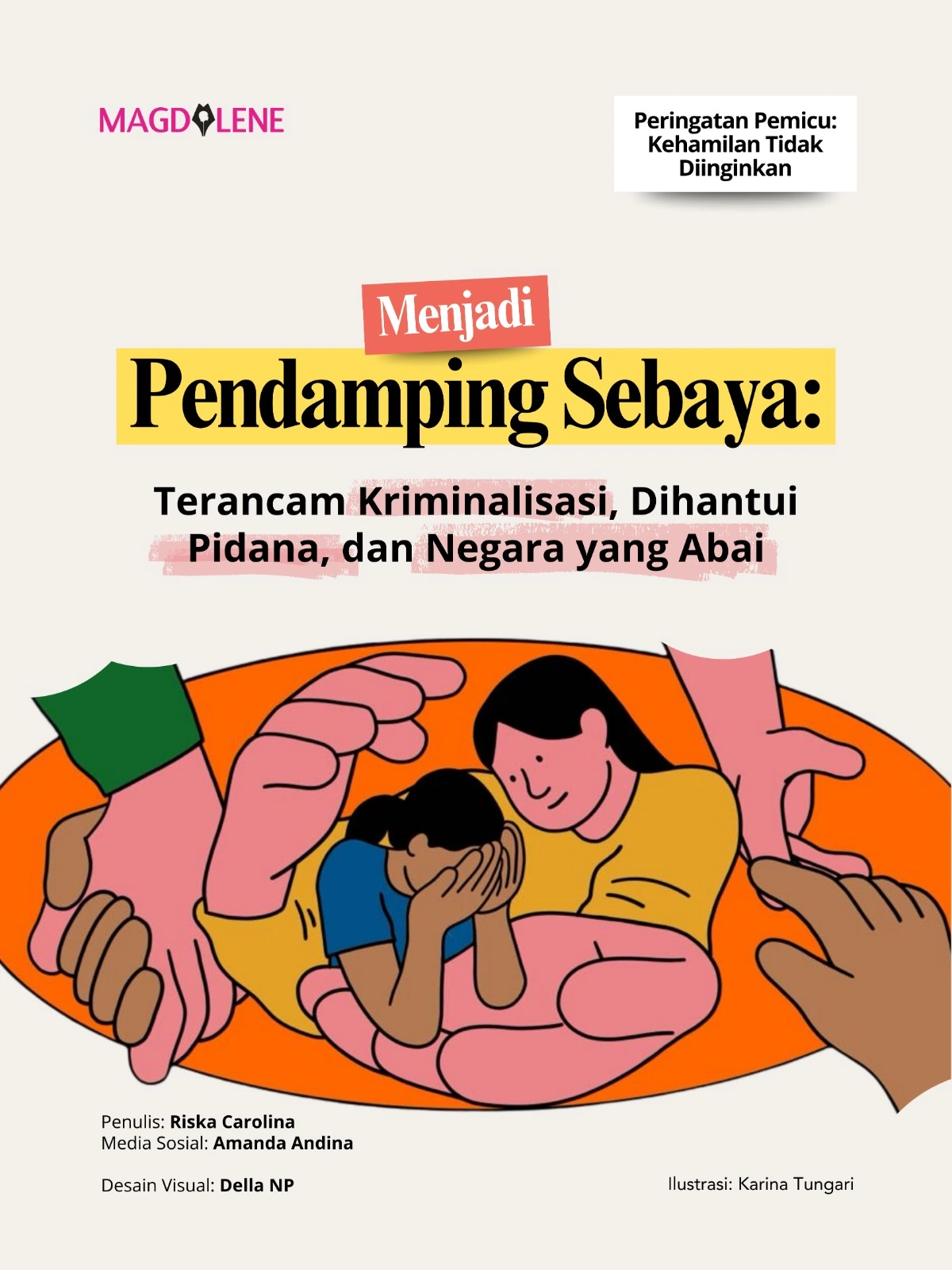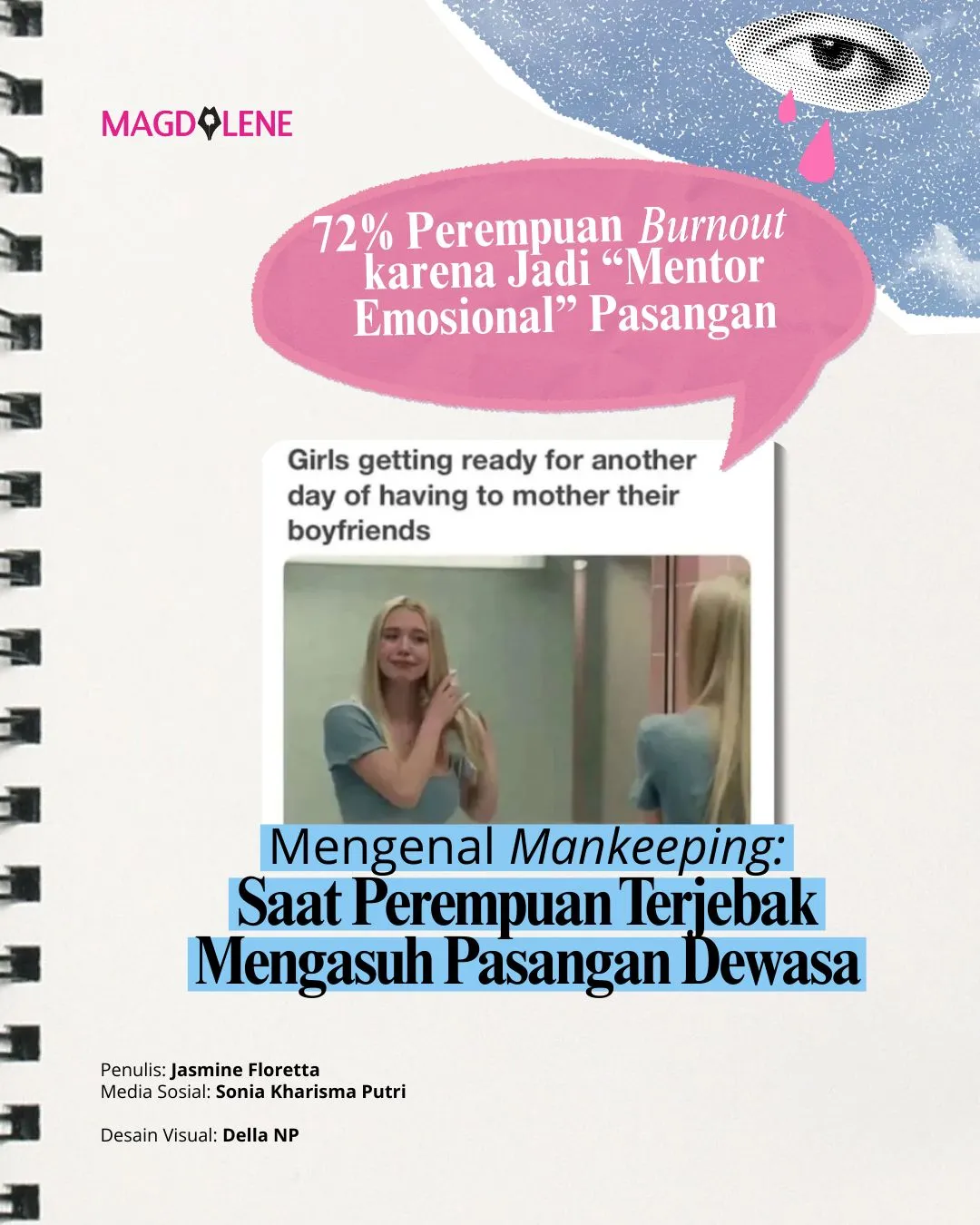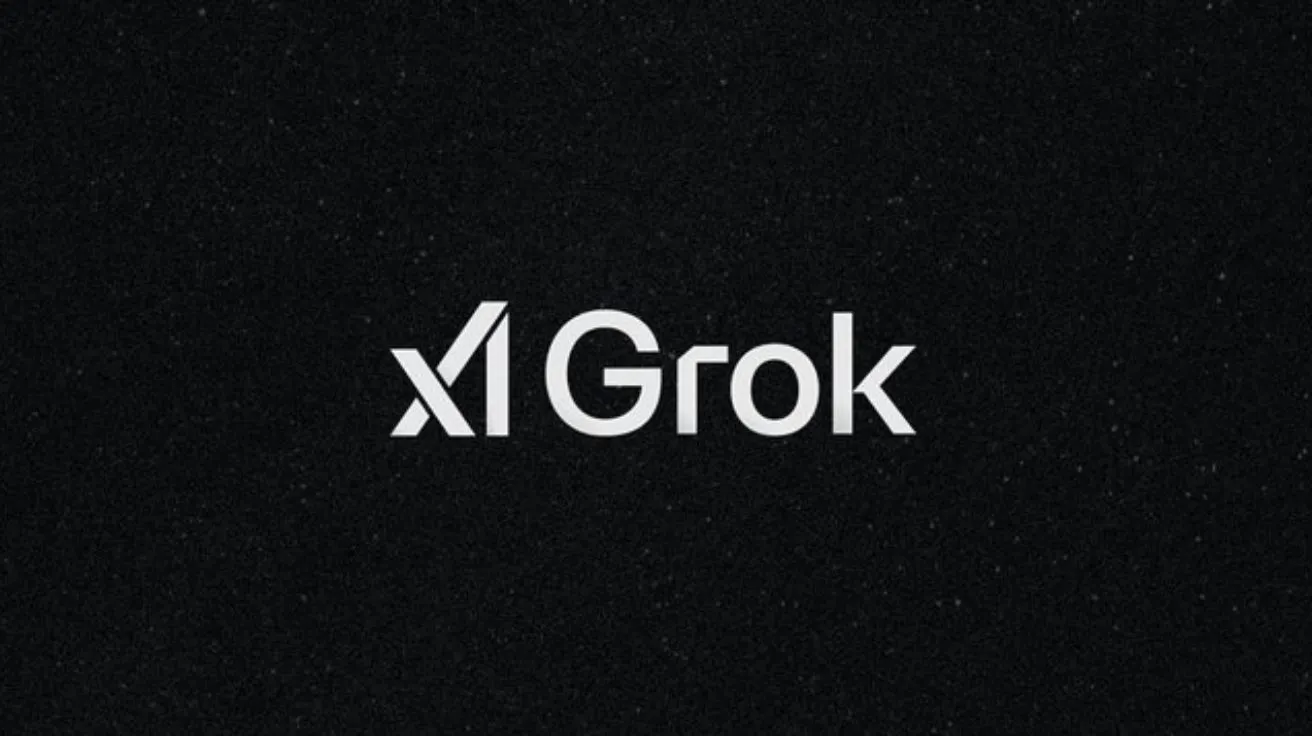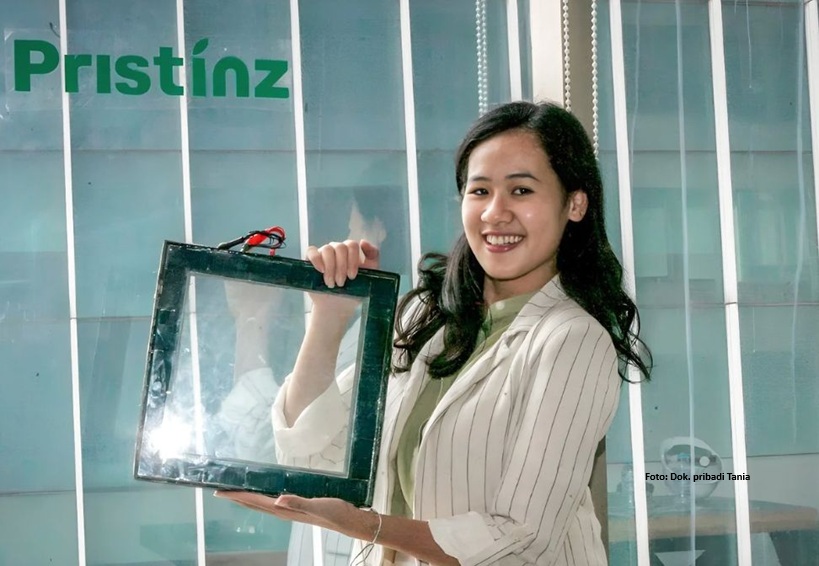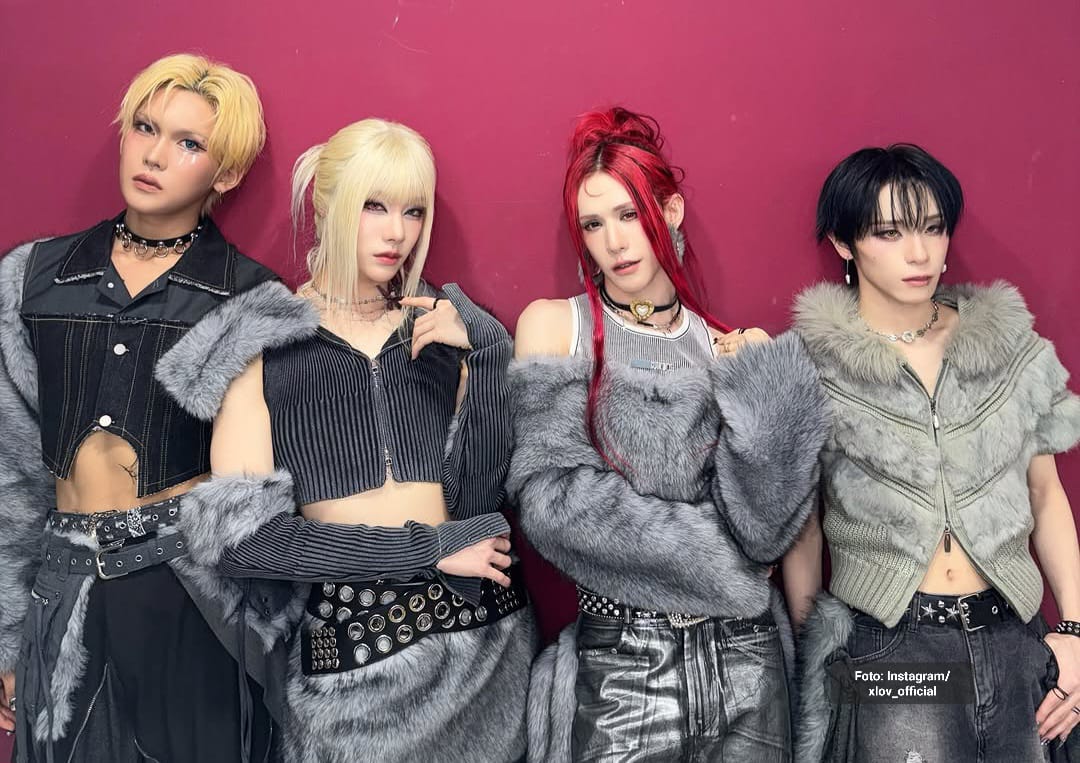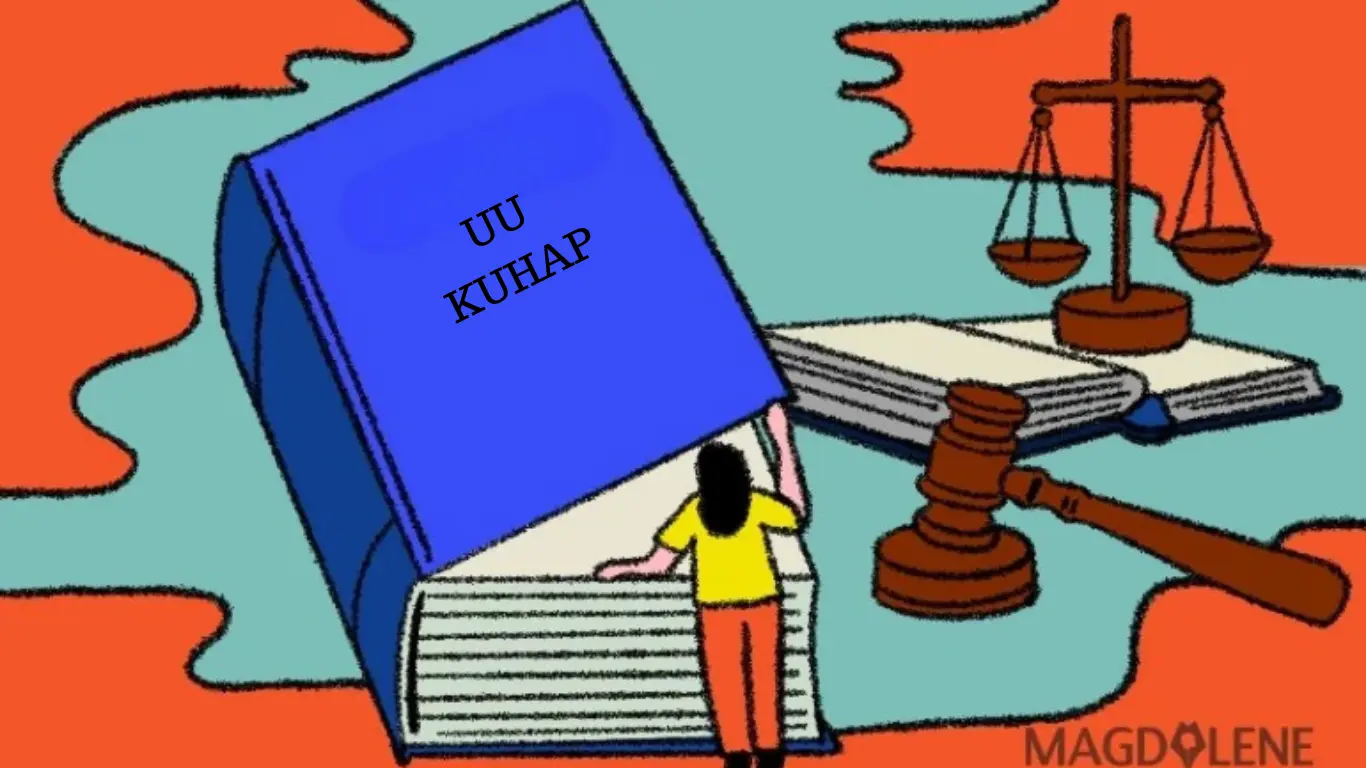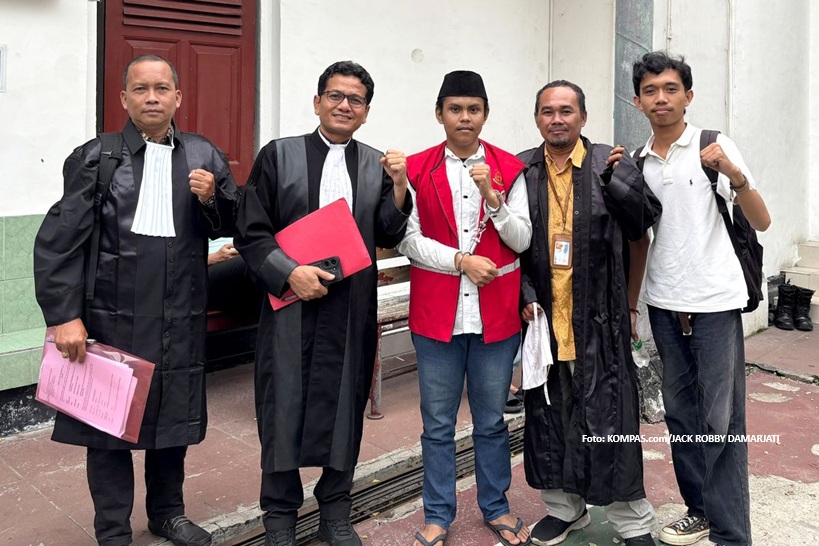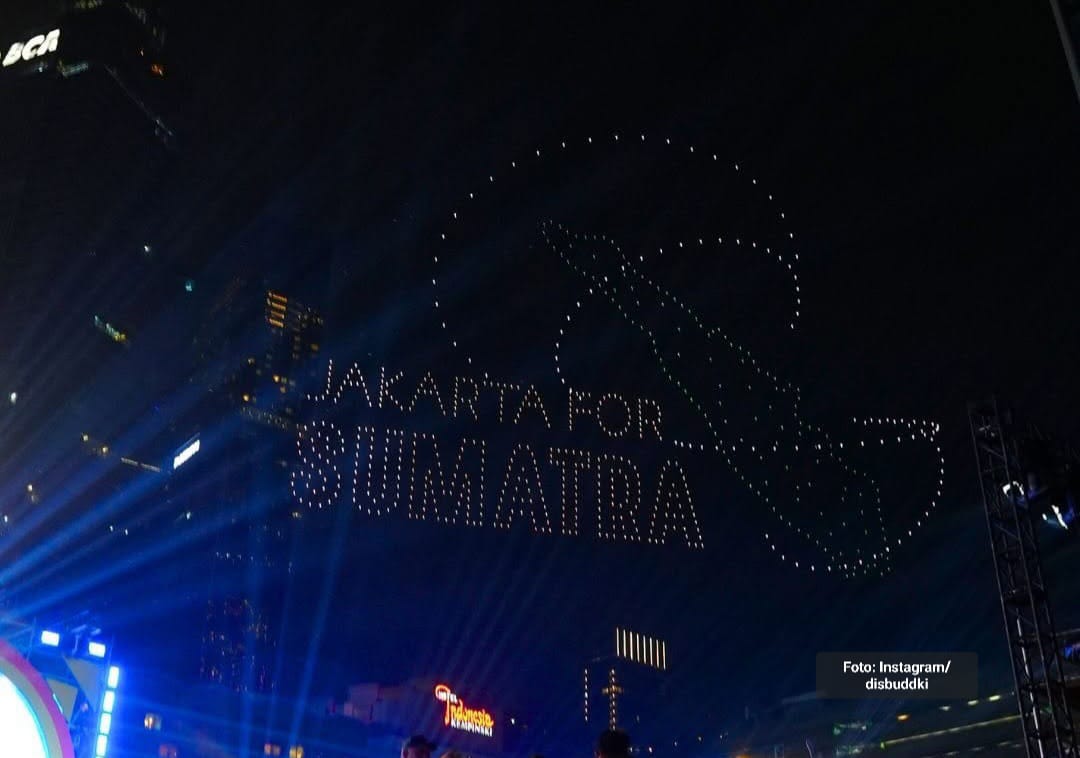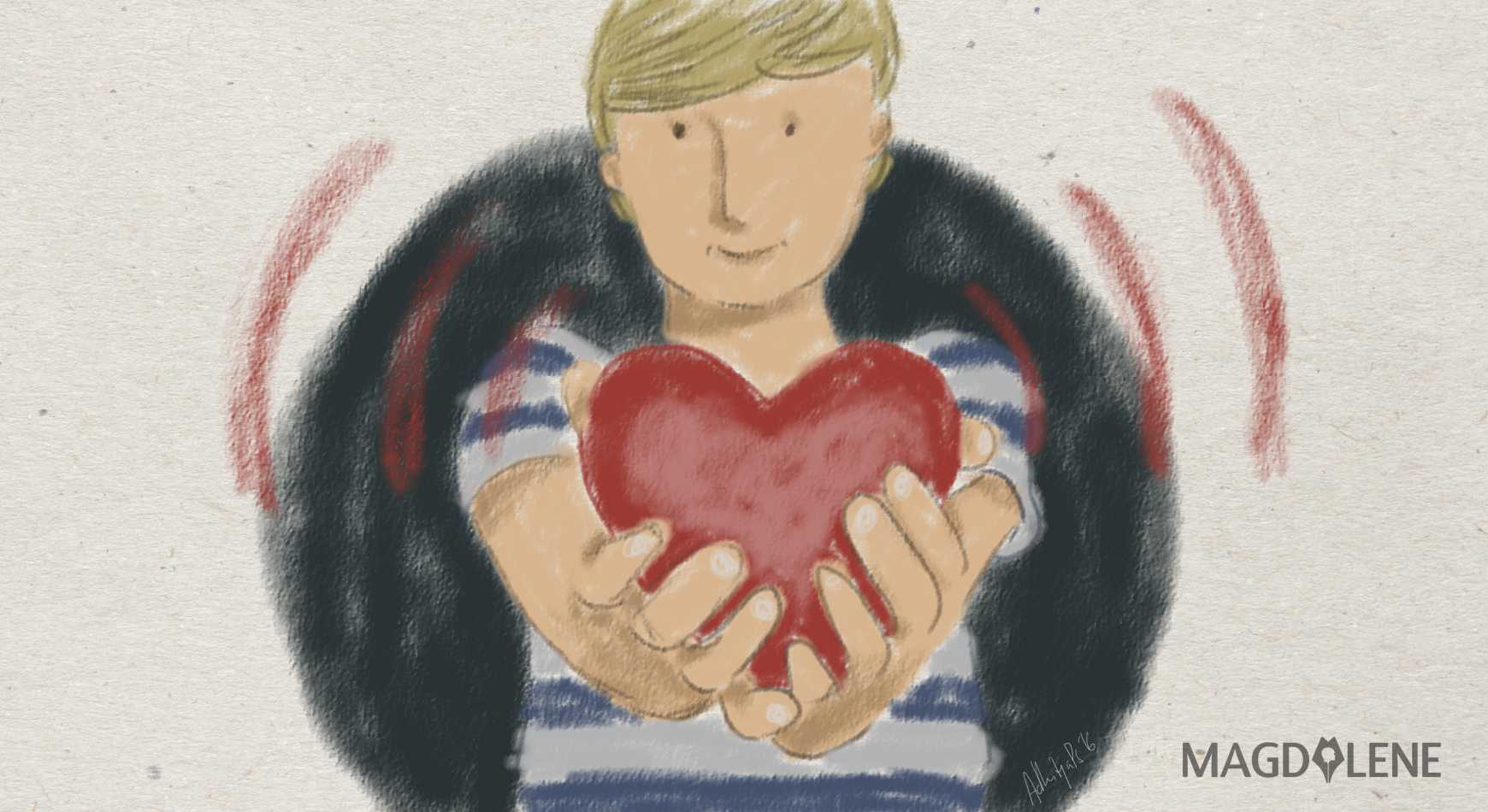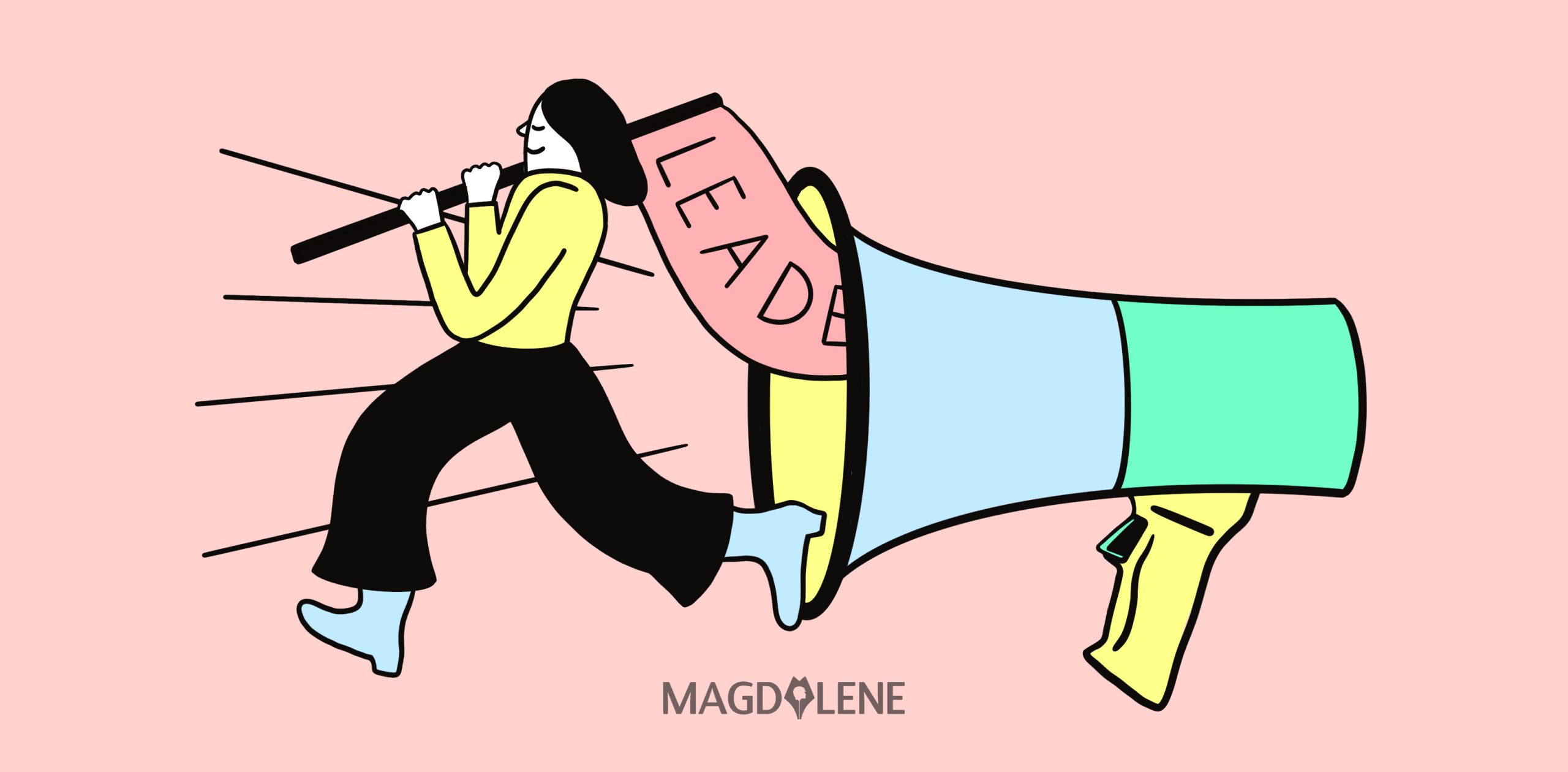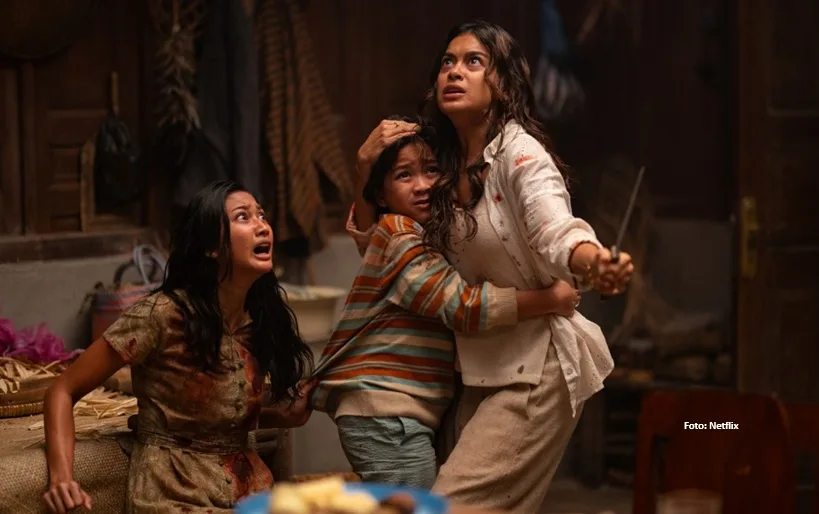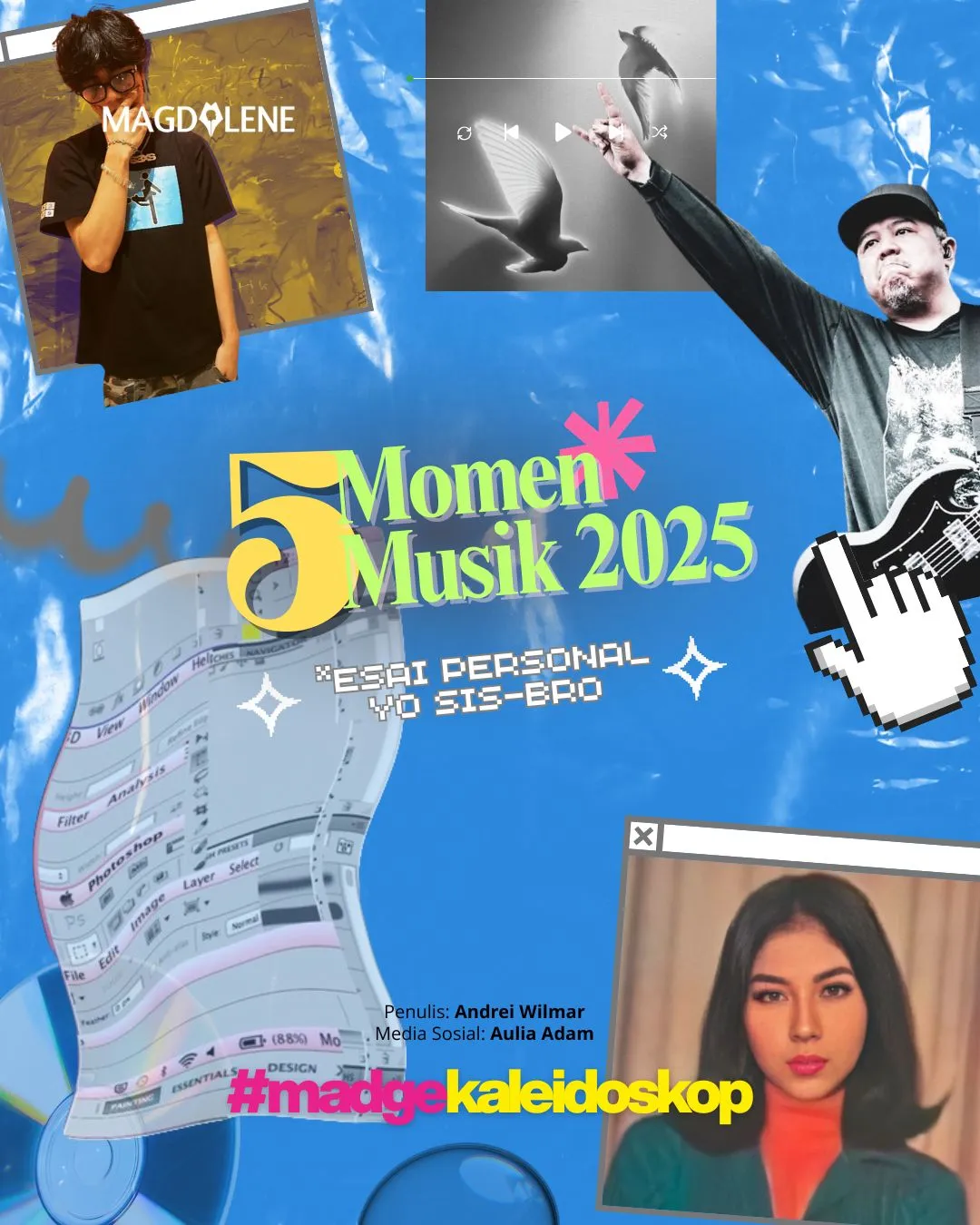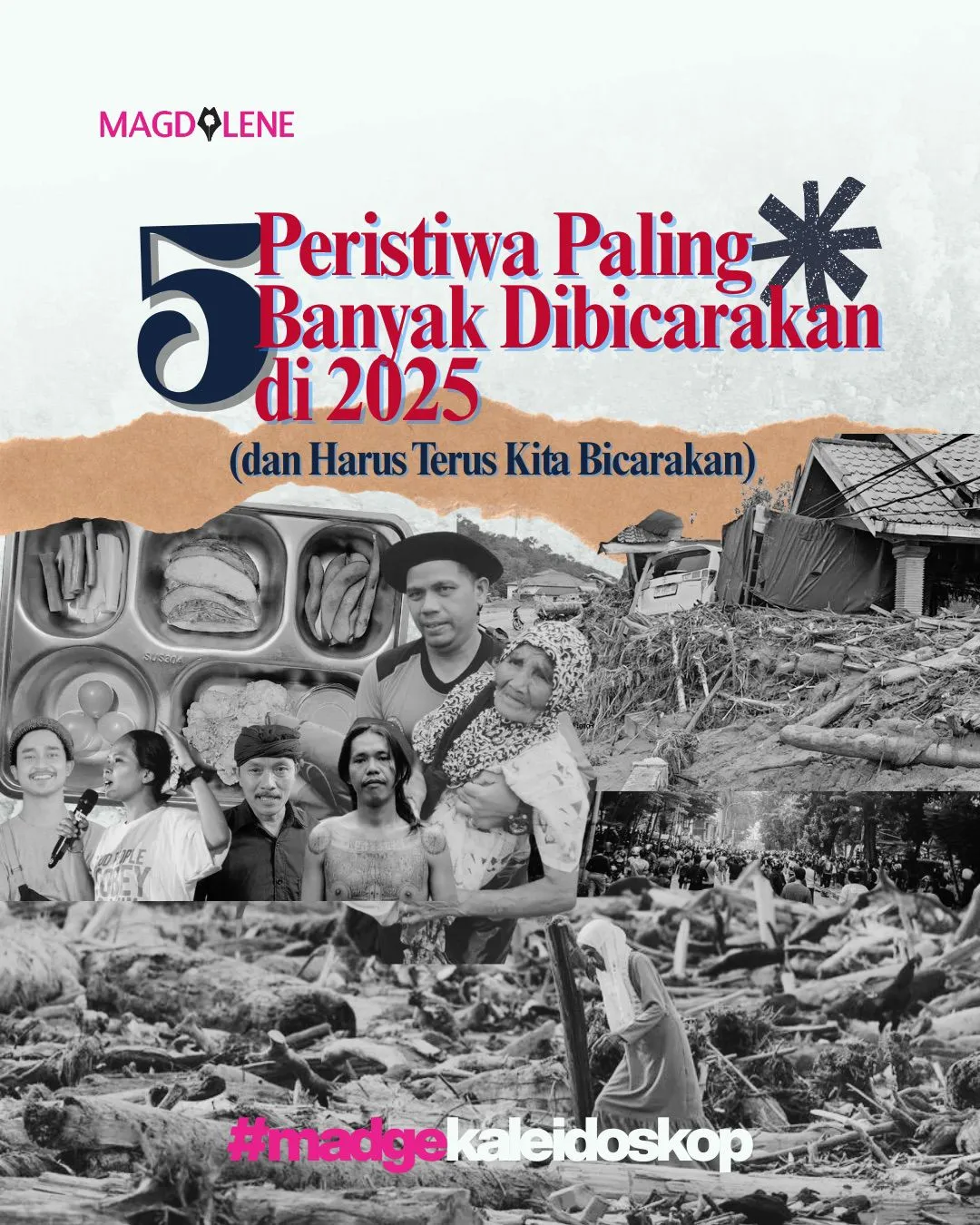Star Wars VII and the Return of the Heroine
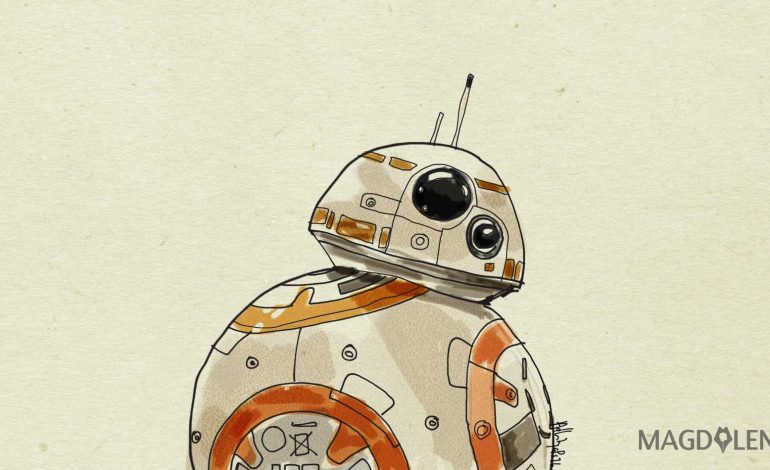
My love with anime began on 26th February 2002. That night I saw Patlabor 2, an animated movie from 1993 thatwas set in February and March 2002. In the opening credits, a policewoman tests an armored vehicle, and in the conclusion a female detective arrests the villain. The movie poster features both women along with the machine.
The year 2002 was indeed a time of heroine on both sides of the Pacific. There were Buffy the Vampire Slayer, Alias, and Charmed. Movie critics in the West were hypnotized by Spirited Away, where a stranded girl has to survive in a ghost world. It wins the Oscar for Best Animated Feature in 2003.
I rented other essential feature anime and was astonished that they constantly feature heroines – from a cyborg police commander in Ghost in the Shell to a courier, a hunter, and a warrior princess in previous movies of Hayao Miyazaki, the director of Spirited Away.
The Star Wars saga seems to bridge both Japanese and American fictions. Creator George Lucas admitted that the idea came from Akira Kurosawa’s samurai movies, and the final product was so widely popular in Japan that it inspired dozens of anime franchises and robot designs.
Many Indonesians are not really familiar with Star Wars. It’s a highly successful franchise of ‘space opera’ that started in 1977, and a disappointing trilogy of prequels came out between 1999 and 2005. It’s a story of a space-age knight who,corrupted by the Dark Side,is bringing down a galactic-wide republican government, and of his fugitive children who fight back to restore, er, democracy.
Fans of Star Wars anticipated the continuation of the original trilogy, Episode VII: The Force Awakens, with a mixture of excitement and worry.
When the teasers and trailers came out, familiarity was offered with the return of Harrison Ford and his iconic plane. Then one bemusement turned into rage, as the trailer showed a black actor.
The original trilogy features a black character who at first double-crossed the heroes and then amended his way. The villain, black-clad Darth Vader, is voiced by James Earl Jones, and thus cultural commentators of the 1980s were suspicious of George Lucas’ racist writing. Certainly Episode I (1999) was problematic as the infamous Jar-Jar Binks character resembles early 20th century’s stereotypes of black Jamaicans.
Star Wars was indeed a conservative backlash to the relativist storytelling of 1970s. It revived the black and white, bad guy versus good guy stories of earlier times. It also returned Anglo-Irish actors into prominence after the decade’s trend of choosing Italian-American actors as symbols of masculinity (such as Pacino, Stallone, and Travolta).
The space opera opened the way for Hollywood’s heroism in 1980s, where the good Rebels stand for United States and the evil Empire stands for Soviet Union (with Nazi-style uniforms and British accents among the officers). But even this Californian Democrat brand of conservatism cannot prevent Star Wars from becoming modern American mythology. The main characters, key terms, and quotes are recognizable even among non-nerds.

While the excitement was building up even among feminist nerds I follow, loud boos began to be voiced by anti-feminists, after news came out that the heroes of Episode VII would be a black man and a white woman. A picture of director J.J. Abrams laughing with actors Daisy Ridley and John Boyega is compared to a classic neo-Nazi cartoon (George Lucas is not Jewish). An online campaign to boycott Star Wars was launched, to the amusement of feminists and online journalists.
After it was released, The Force Awakens collected a billion dollar in Christmas 2015 and won the accolades of critics and skeptical geeks, including in Indonesia (Our martial artistsIkoUwais, YayanRuhiyan, and CecepArifRahman choreographed and acted in the fight scenes).
Female nerds around the world (including in Indonesia) swoon over Oscar Isaac, John Boyega, and even the 73-year old Harrison Ford.
Anti-feminists who forced themselves to watch the movie were even more furious with the story (God knows how they behaved at the cinema).
The villain is a caricature of an anti-feminist: a creepy man full of insecurity and rage, with unspoken hatred toward women, black people, and his own parents (he fits the profile of an ISIS member too). On the other hand, the main hero from start to finish is a woman.
Rey is derided online as a “Mary Sue” – an overtly perfect character written by a female geek to fulfil her fantasy. Feminists and movie critics come to her defense, pointing out that too many male heroes (including Star Wars’)get things done too and nobody complained. Besides, can you talk about “be realistic” in a world filled with aliens, single-climate planets, and plasma swords? Rey herself breaks the convention – she refused to be dragged by hand while running as she “knows how to run” and she is a mechanic.
Several anime fans point out that Rey is a Miyazaki-style heroine, who has a distinct personality and who exists because she is the hero taking the journey of life, not because she has to provide comfort for the male hero and the male audience. She is dressed according to the climate and the situation. She is not a mere eye candy who can fight and shoot and yet is still designed to please the male audience’s sexual appetite (a problem in today’s anime). In other words, non-straight, non-male audiences can relate with her.
In early 2015, the remake of Mad Max won applauds from feminists as CharlizeTheron plays a bald enforcer aptly named Imperator Furiousa, who frees sex slaves. For anti-feminists, both the new Mad Max and Star Wars (based on macho 1980s’ franchises) show the corruption of icons of white masculinity by the feminist cabal that has taken over Hollywood. Expect more rage coming this year for the all-female team of The Ghostbusters.
As for me, the return of the heroines is a bad sign for my wallet.
Read Mario’s piece that compares the violent jihadis in ISIS with Men’s Rights Movement activists and follow @mariorustan on Twitter.

